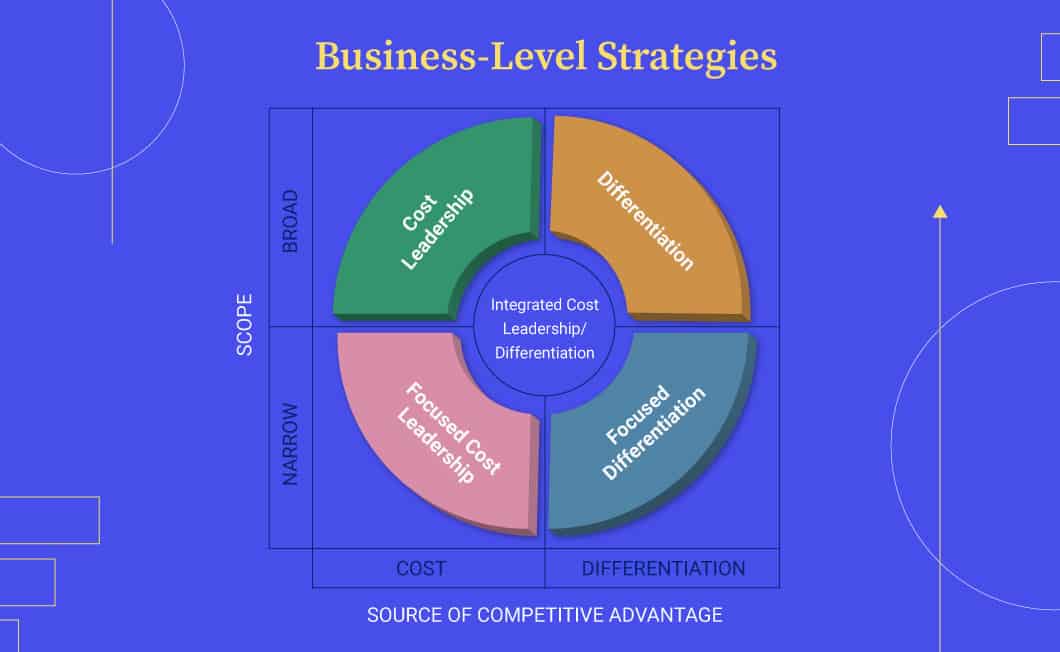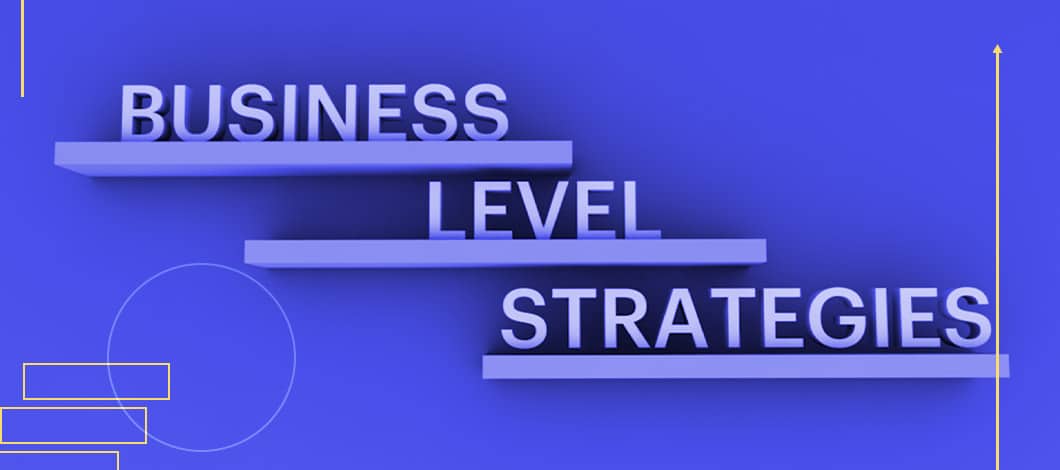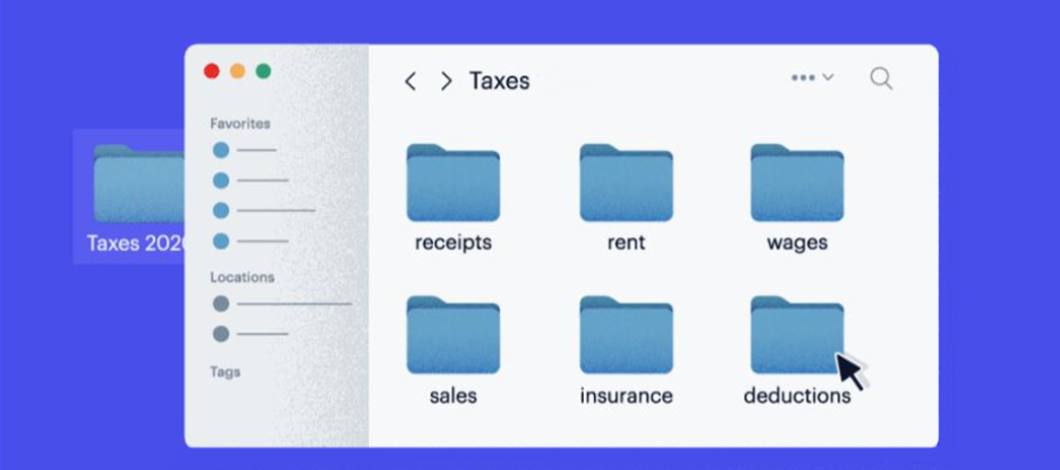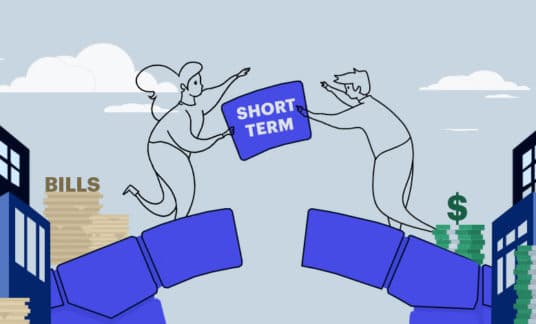The battle for consumer dollars is more intense than ever. Finding the right business-level strategy for your brand can facilitate your productivity, growth and competitive advantage. Let’s go through the various types of business-level strategies, what they are and how to apply them so you can select the best one for your company.
What Is a Business-Level Strategy?
A business-level strategy, by definition, is how you offer value to your customers, stand out from the competition and boost your business.
To win a share of the market, entrepreneurs usually pursue one (or a blend of all) of the following types of business-level strategies, identified by Harvard Business School professor Michael Porter, widely regarded as the father of corporate strategy:
- Cost leadership: This business-level strategy is focused on no frills and low prices. Organizations that pursue cost leadership gain a competitive advantage by reducing operating costs to a level below the industry average. Business owners then pass these savings on to their customers with lower-priced merchandise and services, or they maintain average pricing to increase their profit margin.
- Differentiation: Companies that leverage a differentiation business-level strategy win market share and defend higher pricing by offering unique product or service features that are valued by their customers.
- Focus: Focus strategies involve achieving cost leadership or differentiation within niche markets in ways broadly focused players can’t.

Types of Business Strategies: What They Are, Examples and Risks
Now that you understand what a business-level strategy is, let’s review each type of strategy in detail. Also, consider that in addition to each of these strategies, your business could take an integrated approach, combining elements of cost leadership and differentiation.
1. Cost Leadership Strategy
As the name implies, the cost leadership business-level strategy type involves becoming the leader in terms of cost in your industry or market.
You can achieve this by:
- Increasing profits by reducing operational costs while charging industry-average prices
- Increasing market share by charging lower prices than your competitors; to do this profitably, you must minimize operational costs to ensure positive margins
It’s important to note that companies that are successful in achieving cost leadership typically have substantial capital to invest in technology, have efficient logistics and maintain low material and labor costs.
How It’s Applied
To be a successful cost leader, you must continuously work to lower costs relative to your competitors.
You can do this by any or all of the following:
- Maintaining tight control over the product and overhead costs
- Minimizing the cost of research and development, sales and customer service
- Building state-of-the-art facilities to boost efficiency and productivity
What’s the Risk?
The most significant risk in pursuing a cost leadership strategy is that these sources of cost reduction are not unique to you. Other competitors can copy your cost reduction strategies and compete with you on price.
Cost Leadership Example
A no-frills discount store cuts operating costs and sometimes limits its product options to pass savings on to its customers.
Companies such as Walmart and Ollie’s Bargain Outlet attract customers by offering deeply discounted products. That business-level strategy is incorporated in their respective slogans — “Save Money: Live Better” and “Get Good Stuff Cheap.”
Grocery store chains Aldi and Lidl have also grown in popularity thanks, in part, to their discounted items. Aldi also uses a differentiation business-level strategy by offering its own private grocery brand.
2. Differentiation Strategy
The fundamental tenet to this business-level strategy is simple: different is good. You aim to add value to your products and services so they’re more attractive than those offered by your competitors.
Because of the additional product or experiential value you’re delivering, customers are willing to pay a premium price. This helps you absorb higher operating costs and can prove quite lucrative.
How It’s Applied
How you create differentiation depends on your product or service as well as your industry, but in general, businesses can offer advanced features, functionality, durability, value-added service and support.
Sales and marketing tactics that articulate the unique product or service’s value is key to differentiation strategy success.
What’s the Risk?
If you release a product or service that makes waves in the marketplace, you can be sure that your competitors will quickly follow suit.
As a result, organizations pursuing a differentiation business-level strategy must keep a constant eye on what’s next and stay agile with their product development process. Otherwise, your standout offering can quickly become just another commodity in the market.
Differentiation Example
In contrast, with a differentiation industry-level strategy, a luxury supermarket may take great efforts to build differentiation with quality food selections and top-notch customer service.
For example, Whole Foods Market’s organic food stock, which includes vegetarian and vegan options, has helped the chain earn a large and loyal customer following. The chain isn’t known for low prices, but with this business-level strategy, shoppers are willing to make that trade for access to products that might not be carried at other grocery stores.
3. Focused Strategy
There are two types of focused strategies:
- Focused cost leadership
- Focused differentiation
Focused business-level strategies target a particular niche market. Then by understanding the dynamics of that market and the unique needs of the customers within it, you can either cut costs or differentiate your offerings to capture more market share.
How It’s Applied
You apply focus cost or differentiation types of business-level strategy in the same ways they’re used in the respective broader strategies, but for a portion of the market.
For a cost focus strategy to work, the production and delivery system must differ from that of other industry segments, uncovering a unique cost advantage. For example, with access to smaller planes and local airfields for regional flights, small airlines may be able to provide cheaper rates on domestic travel compared to larger international rivals.
Likewise, in the case of focus differentiation, the target segment must have buyers with unique needs. A good example here is a software company that offers an enterprise resources planning product designed to satisfy the strict security regulations of government agencies.
What’s the Risk?
When you pursue this business-level strategy, it’s not uncommon to be out-focused by competitors targeting an even smaller division of your market. When this happens, you could lose a chunk of your customer base. Your segment may also become of interest to broad-market firms.
To illustrate this point, let’s reuse the government example. A large provider of enterprise software may decide to expand its product line to address the unique security considerations of government agencies. This puts you in direct competition with a better-resourced name brand.
Focus Example
The focus business-level strategy describes a highly-curated shopping experience tailored to the preferences and tastes of niche clientele.
Examples of businesses that may use the differentiation focus strategy include a farmers market or a designer goods store. For a farmers market, this means offering locally grown, organic produce or handmade crafts to local shoppers who want to “buy local” and know how their purchases are sourced.
With the designer goods store example, these businesses tend to cater to a wealthy client base of individuals who are willing to spend more money for the quality or prestige these products provide.
In contrast, with the cost focus strategy, businesses cater to more price-conscious shoppers — think budget airlines. Southwest Airlines integrates cost focus and differentiation focus business-level strategy examples with its affordable, no-frills travel costs and reputation for superior customer experience.

How to Apply a Business-Level Strategy
Now that you’ve seen examples of each business-level strategy, which strategy is right for your business?
The answer to that question is found in the needs of your customers and the capabilities of your business. Indeed, no single business-level strategy is inherently more successful than any of the others.
Before pursuing a business-level strategy, ask yourself:
- What goals is my business trying to reach?
- Am I targeting a niche or broad market?
- What are my customers’ needs? How can I cater to those needs?
- Do my customers value cost savings or product quality and brand prestige?
- Does my business have the resources and capabilities to lead the marketplace in terms of cost or product and service quality?
- What sets my business apart from the competition?
- What are my business’s strengths?
Formulating a Business-Level Strategy
The importance of your business-level strategy can’t be understated because it underpins every future strategic decision you’ll make for your company.
To make your selection, do an analysis of your strengths, weaknesses, opportunities and threats to take a hard look at your core competencies, the market you serve and the strengths of the competitors vying for your customers’ business.
Once you’ve decided which strategy type you’ll pursue, work on formulating a plan for executing your business-level strategy.
Your business-level strategy plan should include the following elements:
- Overall vision: Make sure your business-level strategy plan describes your ultimate goal. In other words, where will this plan take your business?
- Strategic objectives: These are deadline-driven goals for your business-level strategy. Address what you want to accomplish and how you’ll do it.
- Key performance indicators (KPIs): These are measurable values — including revenue, web traffic and conversion rates — that will help you determine if you’re reaching your goals.











